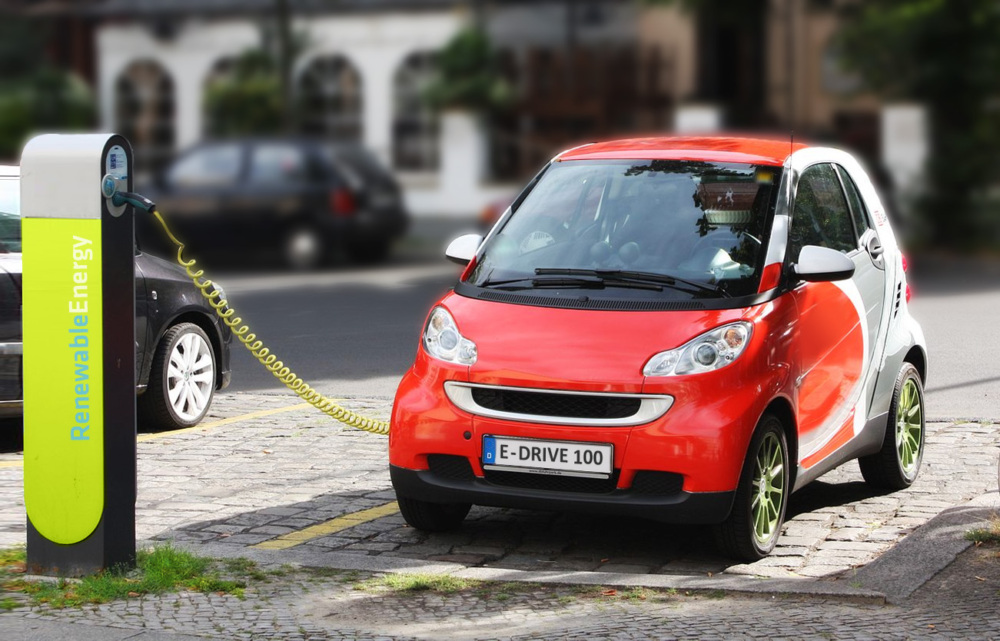Originally appeared in The Standard, February 14, 2022.
Last month, Kenya Power and Lighting Company (KPLC) announced plans to roll out a national network of electric vehicle (EV) charging stations, with the goal of unleashing new revenue streams and diversifying their business.
No details have been provided about how exactly they plan to fund and execute this ambitious project, and the proposal has been met with general enthusiasm. However, moving too quickly to build new charging infrastructure without the fundamentals in place could be a major mistake.
At first glance, KPLC’s plans seem timely and progressive. KPLC isn’t the first African utility to express EV ambitions, though their plans for a national network are quite ambitious relative to the rather modest ventures that have been put on the table so far. By comparison, South Africa’s Eskom, Africa’s largest utility, has committed to a small EV pilot comprising six vehicles and 15 charging stations according to recent reports. EVs are on the ascendancy globally, forming an important linchpin of the global climate and energy transition. EV adoption is growing at a rapid pace, and the International Energy Agency projects that 60 percent of global car sales will be electric by 2030.
Kenya is particularly well-positioned to lead Africa on EVs. Our electricity mix is overwhelmingly carbon-free – over 90 percent of our power was generated from renewable sources in 2020 – boosting the green credentials of our EVs relative to countries that are reliant on dirtier energy. EVs can also help clean up our notoriously polluting transportation sector, accounting for about 12 percent of our greenhouse gas emissions in 2015 and a major contributor to the air quality crisis in our urban areas, as well as reduce our reliance on fuel imports that take up 40 percent of our foreign exchange earnings.
The government has also adopted a target to increase the share of EVs to 5 percent of all car imports by 2025, halved import duties for EVs, among other policies and incentive schemes under consideration to create an enabling environment for EV adoption. Finally, Kenya already boasts a small but growing EV startup ecosystem, with many capitalising on the growing opportunity to electrify its growing fleet of two and three-wheeled vehicles.
KPLC, which has a virtual monopoly in electricity distribution and sales, is necessarily central to Kenya’s EV ecosystem and stands to benefit if it plays its cards right. Like many African utilities, KPLC is in a state of perpetual financial crisis and is desperate for the demand stimulation and diversification opportunities offered by EVs.
However, their proposal to focus their efforts around aggressive charging infrastructure is hasty and flawed. For starters, Kenya’s grid – for which KPLC is responsible – is simply not ready to absorb EVs. Reliability is already a major challenge, and introducing EVs to the mix would add significant stress to a fragile system. Despite recent tariff cuts, power prices are still high, which will significantly limit the value proposition for cost-sensitive consumers. Given this toxic combination of low reliability and high prices, KPLC risks replicating their existing captive power problem, where industrial and commercial customers chose to save costs by self-generating, thus pushing customers away.
Building out EV charging infrastructure at scale is also an expensive undertaking – an estimated $500 billion in investment is needed globally by 2040 – and requires cooperation across a diverse cast of public and private sector stakeholders. KPLC will certainly be one of the major players in the mix, with varying levels of involvement across the value chain from their core role in power provision and management to strategic roles in installation, ownership and/or operation of charging points. The extent of their involvement in the latter will require careful thought and planning, and has significant implications for market competitiveness, utility fiscal health, ratepayer costs, and other issues.
Instead of rushing to build out a national network of public EV charging stations, KPLC should pivot to short-term activities that will help build a stronger foundation for their EV ambitions while also yielding crucial co-benefits for their core business. The most immediate need is to modernise grid infrastructure and improve reliability, building on their existing initiatives such as the World Bank-backed programme. Reducing the cost of power is similarly crucial for EV uptake, requiring interventions in multiple segments of Kenya’s power ecosystem that lie both within and outside of KPLC’s remit.
Power prices have historically benefited from displacement of costly fossil generation with cheaper geothermal, though some of these gains are being undermined by the introduction of high fractions of variable renewables into our underprepared power system. Opaque power generation contracts also add costs and inefficiencies, as does chronic government interference and corruption. Tackling this thorny pricing issue will require creative experimentation, such as time-of-use tariffs, and close collaboration with the government and regulator.
Finally, KPLC should take advantage of the massive opportunity to pilot their EV plans through progressively electrifying their own substantial fleet. There could also be similar opportunities to partner with anchor commercial and industrial customers to support their own fleet electrification and commercial EV plans, including the growing number of EV startups, creating symbiotic arrangements similar to those with data centre customers.
EVs can be a major area of growth for KPLC while supporting Kenya’s broader sustainability and energy transition goals. To capture this opportunity, KPLC must avoid rushing into building costly new infrastructure. Instead, they should focus on concrete near-term actions across their operations that will improve the health of their business and enable them to take advantage of the coming EV boom and other diversification opportunities in the long term.
